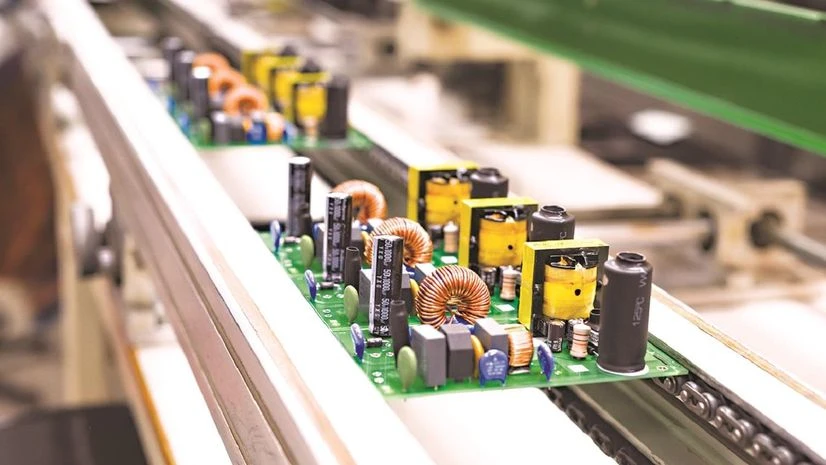Demand for electronic components and sub-assemblies is estimated to grow over five-fold to USD 240 billion by 2030, including includes some of the key parts like motherboard, lithium ion batteries, camera module etc that are largely imported, a CII report released on Sunday said.
The report recommends the government to come up with revised electronic components production-linked incentive schemes with higher incentives in the range of 35-40 per cent to reduce dependence on imports.
"The demand for components and sub-assemblies stood at USD 45.5 billion to support USD 102 billion worth of electronics production in 2023. This demand is expected to scale to USD 240 billion to support the USD 500 billion worth electronics production by 2030. Priority components and sub-assemblies, including PCBAs, are projected to grow at a robust CAGR of 30 per cent, reaching USD 139 billion by 2030," the report said.
The report identifies components and sub-assemblies of batteries (lithium-ion), camera modules, mechanicals (enclosures etc), displays and PCBs as high priority for India that cumulatively account for 43 per cent of the components demand in 2022 and is expected to grow to USD 51.6 billion by 2030.
"These components have either a nominal production in India or are heavily import dependent. India can hardly afford to sustain this trend of importing the priority components.
"Similarly, PCBA is a high potential category for India since most of the demand is met by imports. This segment is expected to grow 30 per cent, leading to a demand creation of around USD 87.46 billion by 2030," the report said.
According to the report, manufacturing-related cost disabilities compared to other competing economies like China, Vietnam, Mexico (10-20 per cent), lack of big domestic manufacturing corporations, lack of domestic design ecosystem for Indian companies and lack of raw materials ecosystem are big challenges for manufacturing of components and sub-assemblies in India.
More From This Section
The CII report has recommended that the government craft a scheme aimed at providing fiscal support for select components and sub-assemblies in the range of 6-8 per cent for 6-8 years.
"Additionally, SPECS 2.0 to be introduced with a subsidy support ranging from 25 per cent to 40 per cent to support potential investors across brownfield and greenfield categories. The new policy should adopt a gradient approach with support towards the higher end of subsidy," the report said.
The report has recommended that the government aggressively pursue free trade agreements (FTAs) with the EU, the UK, GCC countries and emerging economies in Africa.
"The creation of export demand for India made products have the twin advantages of increasing export volumes and helping boost domestic manufacturing of components and sub-assemblies," the report said.
The CII report estimates that the policy support will help in job creation to the tune of around 2.8 lakhs by 2026, increase in the domestic value addition from the current levels, reduction in import dependency, increase in GDP.
(Only the headline and picture of this report may have been reworked by the Business Standard staff; the rest of the content is auto-generated from a syndicated feed.)

)